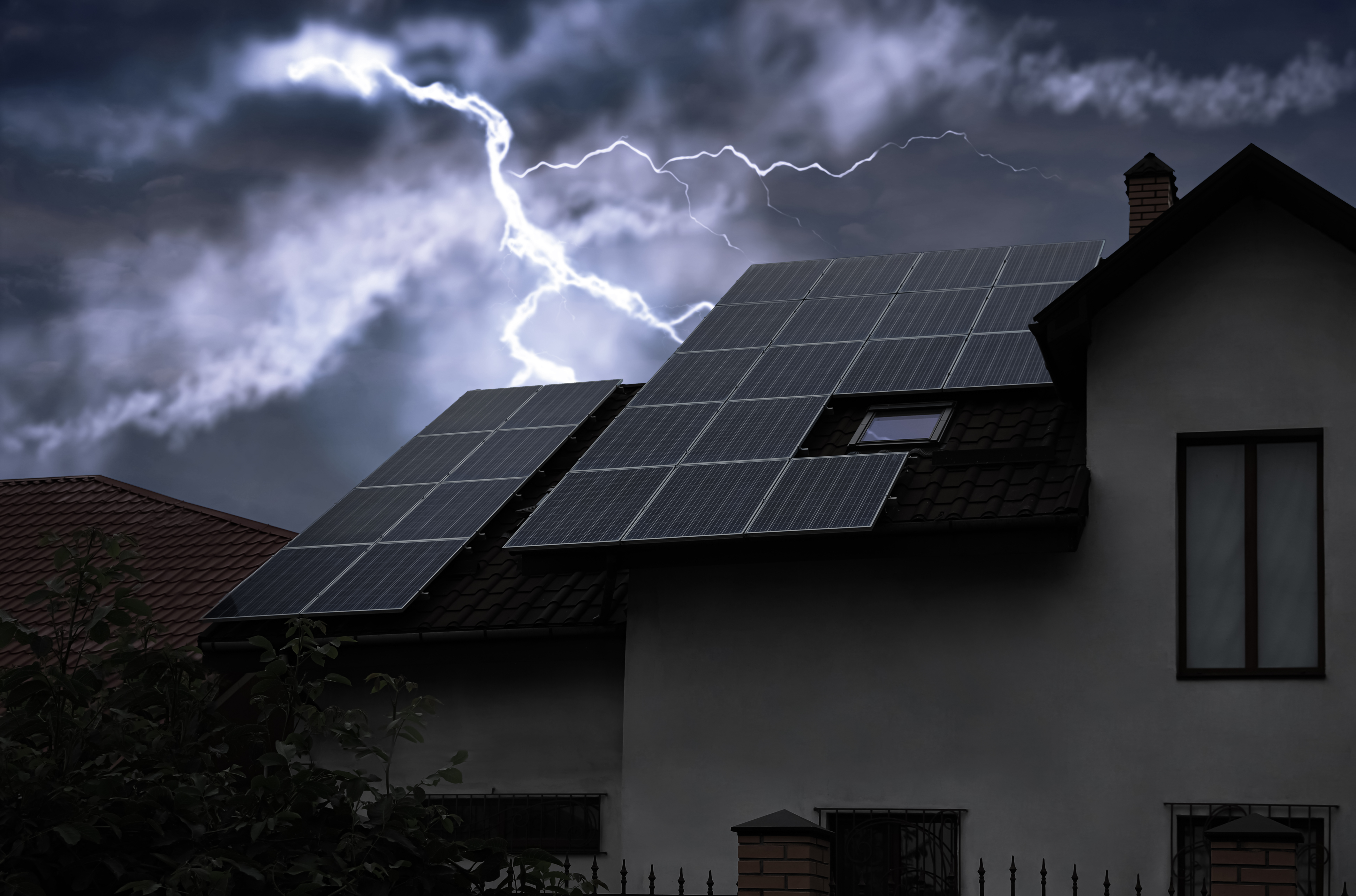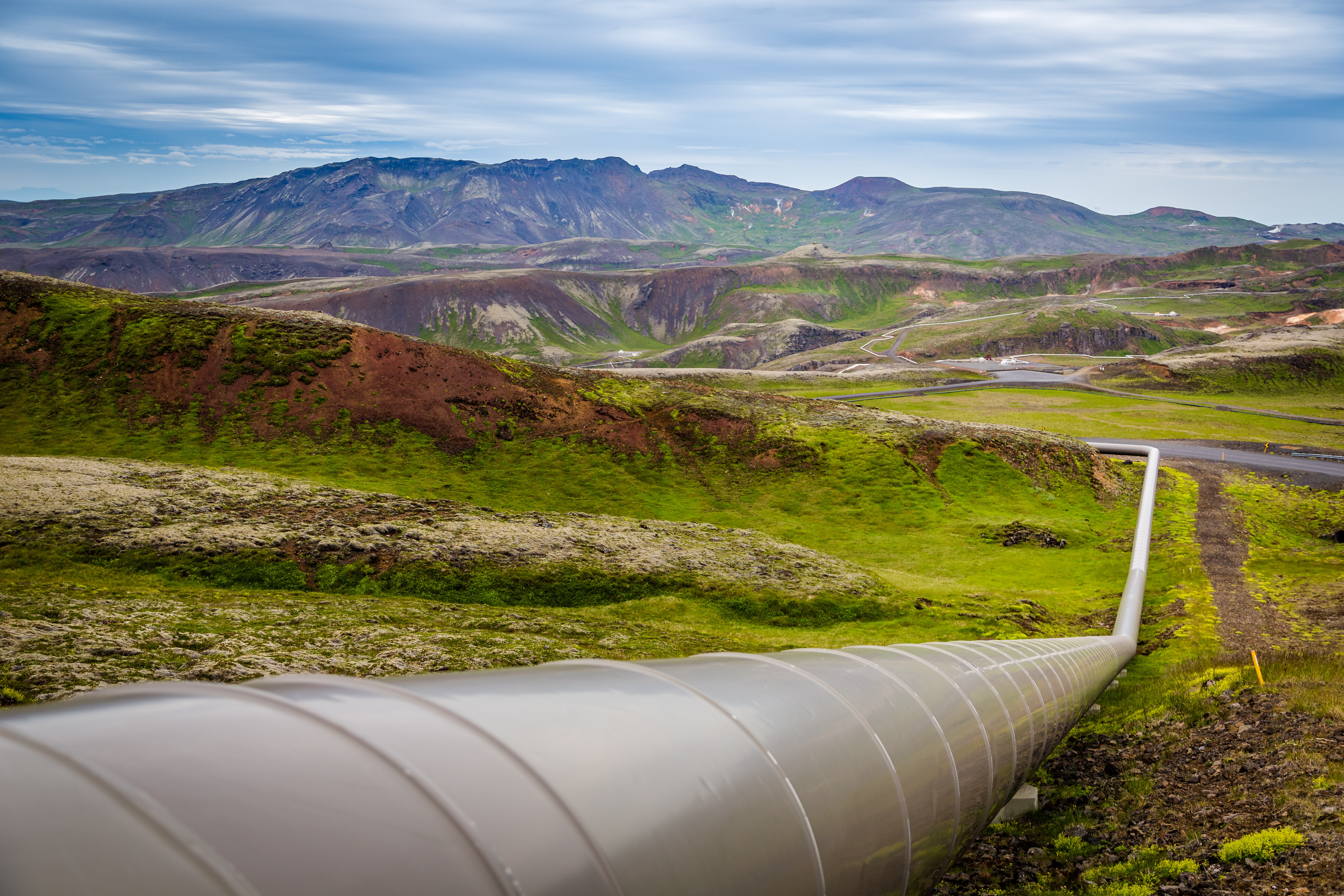How to protect yourself and your investment?
The Photovoltaic (PV) energy industry is spreading rapidly all over the world, replacing the conventional power plants that emit harmful greenhouse gases. Since PV installations must be located in large areas with a high level of solar radiation, free from trees and objects of greater height, the risk of lightning strikes is exceptionally high. Worldwide, lightning has been identified as the primary cause of the failure of solar electric systems.
The direct impact of lightning and its inductive effect could pose a significant safety hazard and damage or even destroy the photovoltaic modules, charge controllers, and other electronic components. These damages imply economic losses due to replacement costs and the repair of defective parts, aside from reductions to the lifespan and the efficiency of solar panels. Therefore, since the return on investment of a PV system occurs approximately in 20 years, it is imperative that the owner takes all of the necessary steps to protect his investment and minimize any risks and hazards. To ensure this, Electrolysis suggests the following measures:
Grounding the PV modules
A PV system is a power system to which the same rules apply as to any other system that produces, delivers and consumes electricity. A proper and reliable grounding system is therefore needed.
Lightning Protection
PV systems are necessarily placed in exposed positions such as rooftops and large fields. Consequently, lightning protection is an important consideration. In the absence of an adequate lighting protection system, overvoltages may arise, causing hazardous touch and step voltages or even fire on the PV equipment.
Surge Protection
A lightning strike in the vicinity of a PV array will create an induced current of very high voltage in inverters and controllers, which are more likely to be damaged. Therefore, surge protection is essential to avoid catastrophic damage to the PV inverters and other electronic equipment.
Electrolysis provides services for grounding design, simulations and field assessments, along with risk assessment and design of lightning protection for residential and industrial PV systems.






